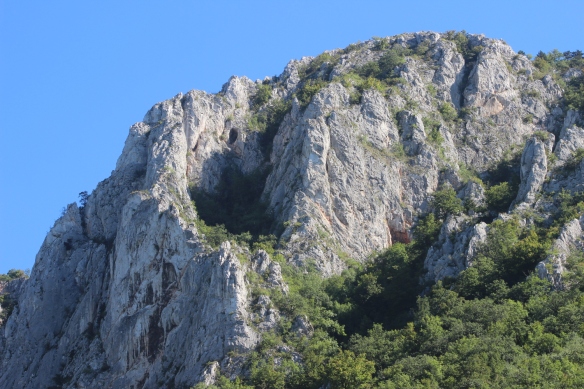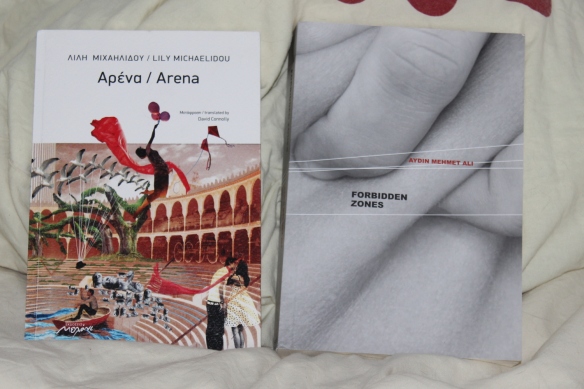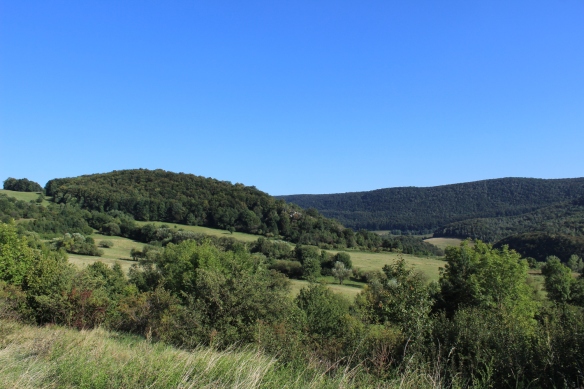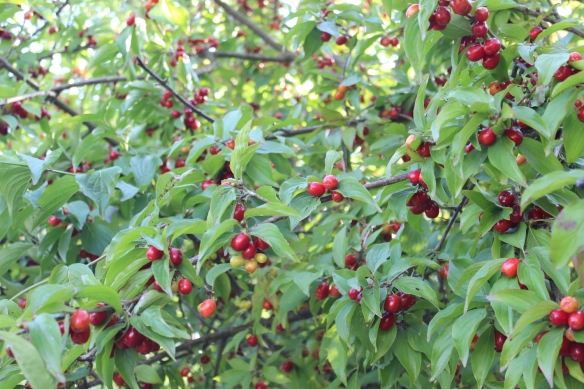First of all, thanks a lot to my student Anna who went book-shopping for me and my project to read a book from each country/territory during her holiday in Spain and Gibraltar. Splendid choice!
Family has been a major topic in many of the books I’ve read so far, and it is what all three books in this post also have in common. All of them also explore aspects of what family means in the context of a bigger community, like a village or a state, and ideas of rights and duties towards those entities. Last, but certainly not least, all three works made for gripping reads.
73 Gibraltar: Sam Benady & Mary Chiappe – Death in Paradise Ramp: Bresciano and the Unburied Angel
While this book can be read as an exciting whodunit, I loved to learn about the history of Gibraltar in the early 19th century. The idea of our Lady of Europa has lived on …96%. The characters were totally believable. I particularly liked the dilemma of truth versus loyalty and how this caused the characters to act. This book is also part 6 in a series, so now I’d really like to read all the other parts.
74 Libya: Hisham Matar – The Return: a father’s disappearance, a journey home
This was my audiobook of the month, and it was read by the author, which added an extra layer of sadness. While listening to his accounts of not wanting to give up hope and just wanting to know about the fate of his father, I kept wondering where he’d found the strength to write and to retell his heart-wrenching autobiography. How can one not despair of mankind?
75 Western Samoa: Sia Figiel – where we once belonged
The stories which comprise this book are written in a rather idiosyncratic voice using plenty of Samoan vocabulary and quite a lot of repetition … repetition. This took some getting used to, but gave the book a lot of flair. Growing up is tricky in every part of the world, but in this close-knit island community it really can’t be easy. The book is also very open in its dealing with psychological terror and physical and sexual violence which I found hard to stomach. Still, learning about some aspects of Samoan culture (which reminded me of the book I’d read for American Samoa) was fascinating.
















